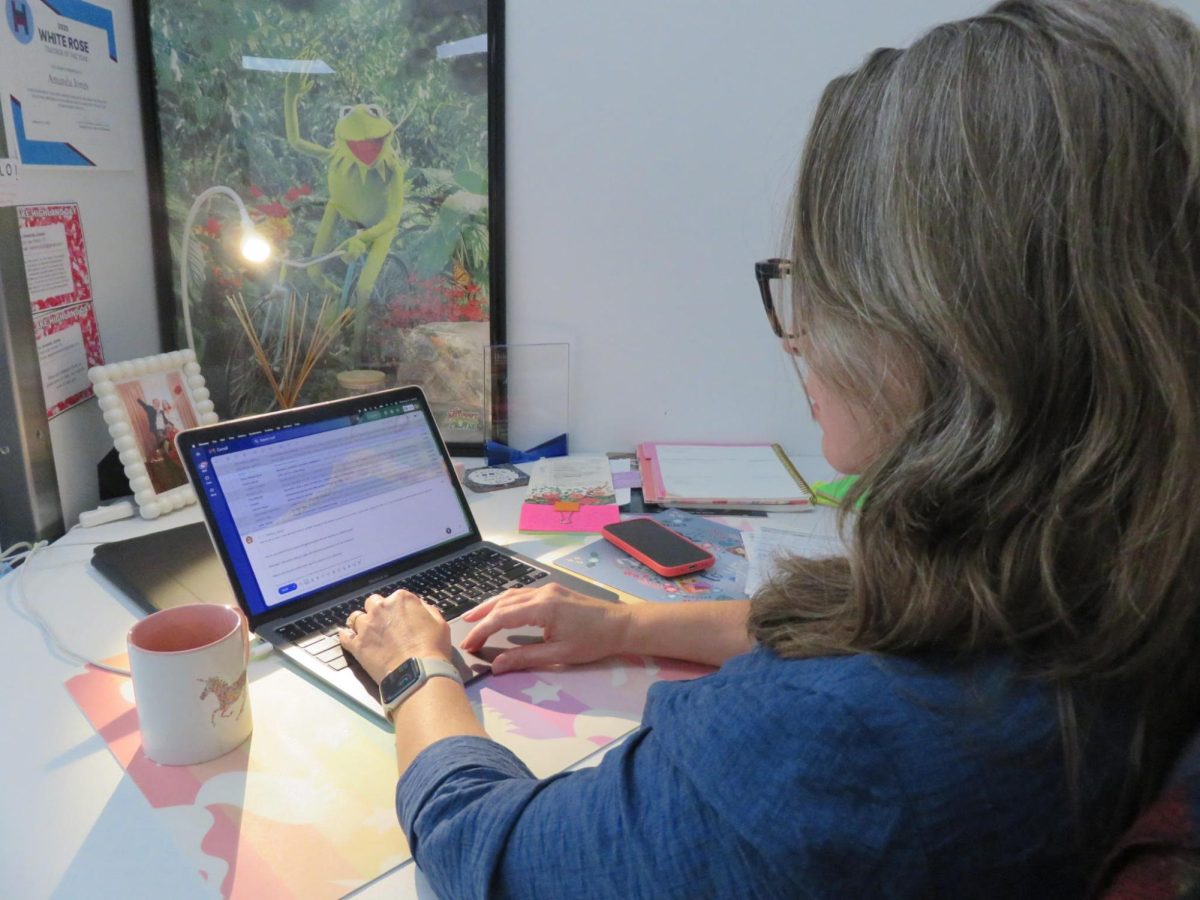Organic Foods Sustain Past the Premium
March 21, 2022
You are walking into the supermarket, grocery list in hand, and start heading to the produce aisle. “Let’s start with bananas,” you may think. When looking at the options, you see two separate labels: conventional and USDA certified organic. They both look pretty similar, but organic bananas cost over 50 cents more per pound than conventional ones. So, which do you pick? Maybe you pick the organic ones for the health benefits you’ve heard about or the fact that they may taste better. Despite the withheld controversy about whether purchasing organic foods is worth the premium, there are a lot more components behind what you see on the aisles of your local Publix, Whole Foods, or Trader Joe’s—particularly what constitutes sustainable agriculture as the world continues down the trajectory of climate change.
To start, organic foods are an important alternative to mass-produced conventional foods that contain chemical fertilizers, pesticides, and herbicides. Not only do organic organizations like the Organic Trade Association lobby against dangerous conventional farming production practices, but they have expanded the market for natural formulas. Because organic pesticides and herbicides naturally break down more quickly, they can prevent insects and weeds from developing pervasive chemical resistances that would require a cycle of scientific engineering of more intense chemicals—for insects to later become resistant to those. As a result, Washington State University researcher Charles M. Benbrook discovered that genetically engineered crops have resulted in a seven percent increase in pesticide use and a 50 percent increase in toxic herbicides. On the other hand, a scientific analysis published in Nature Communications found that since organically produced crops grow under more sustainable environmental conditions, the probability of spraying any pesticides at all is reduced by 30 percent.
The impact of these dangerous pesticides is abundantly clear. A United Nations report estimated that 200,000 people around the world die yearly from chronic exposure to agricultural chemicals. More alarming, is that 99 percent of these deaths occur in third-world countries where there are little to no regulations protecting production workers, formulators, sprayers, or farm workers from their detrimental effects. More problematic is where our meat originates. Factory farms are industrial agriculture operations that typically cram as many animals into a confined space as possible, pumping them with antibiotics to prevent the spread of disease and growth hormones to maximize meat output. According to the documentary Food Inc., chickens are being raised in half the time but are twice as big today compared to the 1950s, containing twice the fat with a third of the protein. Chickens never even see sunlight, as they are locked in giant chicken coops without windows, and are grown so quickly that their bones cannot keep up, causing them to fall every few steps they take. The sheer amount of genetically modified corn that has been mass-produced, and massive quantities of fossil fuel-based resources used in factory farming, have been primary contributing factors to widespread deforestation and pollution.
That’s why social scientist and ecosphere researcher at Kansas State University, Matthew Sanderson, quantifies that big, industrialized agriculture is the root of 50 to 60 percent of all nitrous oxide and methane emissions—along with 75 percent of water-quality problems in American rivers and streams. In fact, many of these toxic chemicals entering waterways have caused “dead zones,” where it is impossible for aquatic life to survive. On the contrary, organic animals are required to be raised in living conditions that moderately accommodate their natural behaviors, such as cows being able to graze on pasture for 120 days, be fed 100% organic foods (even for fish), and be antibiotic and growth-hormone free. In this way, you aren’t just paying a premium for healthier and better food quality, but the environmental animal health costs are also factored into what you serve on your dinner plate.
Finally, organic farming is critical for the future of agriculture, one where climate change will play a significant role. Currently, the NASA Earth Observatory has reported that one-third of the United States is experiencing, at minimum, moderate levels of drought. When droughts occur, crops shut down stomata—which are cell structures in leaves that are crucial for exchanging carbon dioxide and water during photosynthesis—to prevent the short supply of water from evaporating. As a result, lower levels of carbon are provided to plants during photosynthesis, resulting in a lower supply of fully grown, healthy crops come time for harvest.
Organic farmers plant native vegetation to help organisms and add organic matter to soils that are broken down by natural organisms. A study by the USDA Agricultural Research Service provides a simple example: just a teaspoon of organic soil can contain up to 1 billion helpful bacteria from 15,000 different species. Meanwhile, a teaspoon of soil treated with conventional chemicals can host as few as 100 helpful bacteria. Because organic farming has a variety of crop production and improved water retention, organic agriculture has the potential to improve soil structure, decrease the risk for crop failure, and increase farmers’ food supply during droughts and shortages. That’s why a 40-year study conducted by The Rodale Institute concluded that organic farming can produce 137 to 196 percent more yields than our traditional, conventional system during drought conditions. Being able to increase yields under critical climate conditions we can prevent natural disasters from decimating our food supply, causing shortages in some of our most critical resources.
Overall, it’s time to start thinking about the environmental and human costs that our traditional agricultural system is producing, not just the foods you are paying to eat. So, the next time you stroll by the organic section, maybe take a second look at what’s going on behind the scenes with the products you eat. Their impact beyond the price tag is the true value of what’s on your table.








































